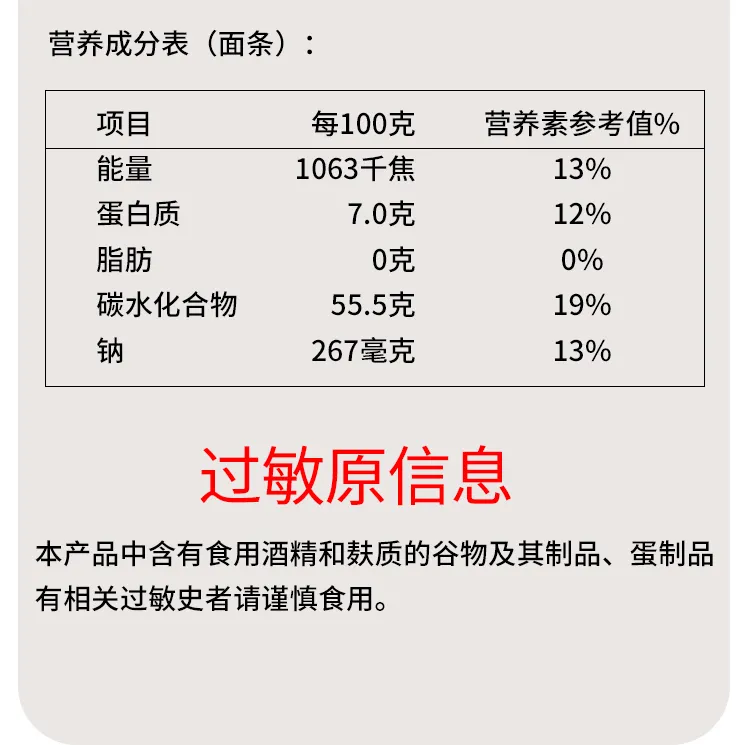Delicious Summer Dish of Chilled Noodles from China
The Art of Cold Noodles in Chinese Cuisine
In the vast and diverse landscape of Chinese cuisine, one dish stands out during the warmer months—cold noodles. Known as “liangpi” in some regions, these refreshing dishes come in various styles and flavors, making them a beloved staple across the nation. From the spicy and tangy to the subtly sweet, cold noodles embody a perfect balance of taste, texture, and temperature, captivating food lovers both domestically and internationally.
Cold noodles can be traced back to ancient China, with references appearing in historical texts that date thousands of years. They were originally crafted as a way to preserve food and provide a refreshing meal during the hot summer months. Over the centuries, the dish evolved into numerous varieties, each reflecting the ingredients and culinary techniques unique to its region of origin.
One of the most famous types of cold noodles is “Zha Jiang Mian,” a dish originating from Beijing. This hearty meal features thick, wheat-based noodles topped with a rich fermented soybean paste mixed with ground pork, accompanied by a medley of fresh vegetables such as cucumbers, bean sprouts, and shredded carrots. The combination of flavors and textures creates a delightful dish that is as pleasing to the eye as it is to the palate.
The Art of Cold Noodles in Chinese Cuisine
In the Northeastern regions of China, cold wheat noodles known as “liangpi” are particularly popular. These noodles are often served in a tangy, spicy sauce made from vinegar, chili oil, and garlic, garnished with fresh herbs and pickled vegetables. The dish is refreshingly light yet bursting with flavor, making it the perfect choice for a hot summer day.
china cold noodles

Vegetarians and vegans also have their options in the world of cold noodles. Dishes like “Cold Sesame Noodles” have become increasingly popular. This dish typically features a thin, slippery noodle base tossed in a creamy sesame sauce made from tahini, soy sauce, and a hint of rice vinegar. Often adorned with fresh cucumbers, scallions, and sesame seeds, this option brings a refreshing twist to any gathering or summer picnic.
The preparation of cold noodles often emphasizes not only the flavors but also the presentation. Many dishes include an array of colorful vegetables, making them vibrantly appealing. Chefs take pride in arranging the components artfully, showcasing nature’s bounty while simultaneously enticing diners with beautiful presentations.
Cultural significance surrounds the dish, too. In many Chinese households, cold noodles are a symbol of unity and celebration, often served during festivals and family gatherings. The act of preparing and sharing these noodles brings loved ones together, reinforcing bonds and creating cherished memories.
Moreover, the rise of globalization has seen cold noodles gaining popularity outside of China, enjoying a loyal following in countries around the world. Asian restaurants showcase these dishes on their menus, while food enthusiasts experiment with their variations at home, further enriching the cultural exchange in the culinary world.
Cold noodles offer a simple yet profound pleasure, merging tradition with innovation in every bite. Whether enjoyed as a street food delicacy or a home-cooked meal, they hold a special place in the hearts of many. As summer approaches and temperatures rise, the allure of cold noodles is hard to resist. Not only do they provide a sense of refreshment, but they also celebrate the culinary heritage of China, inviting everyone to experience the flavors, textures, and stories intertwined with every strand of noodle.
In conclusion, cold noodles are more than just a dish; they are a testament to the creativity and diversity of Chinese cuisine. Whether you are a seasoned chef or a curious novice, exploring the world of cold noodles is an exciting journey into flavor and tradition. As you take your first bite, allow the delightful combination of tastes and aromas to transport you to the bustling street markets of China, where every dish tells a story that transcends borders and generations.
-
The Wholesome Delight of Organic NoodlesNewsAug.15,2025
-
The Vibrant Delight of Spinach NoodlesNewsAug.15,2025
-
Savor the Spicy Delight of Hot Pot NoodlesNewsAug.15,2025
-
Savor the Chill with Irresistible Cold NoodlesNewsAug.15,2025
-
Indulge in the Authentic Delight of Udon NoodlesNewsAug.15,2025
-
Dive into the Delicious World of Cart NoodlesNewsAug.15,2025
-
Unlock the Delicious Potential of Yam NoodlesNewsAug.11,2025
Browse qua the following product new the we







